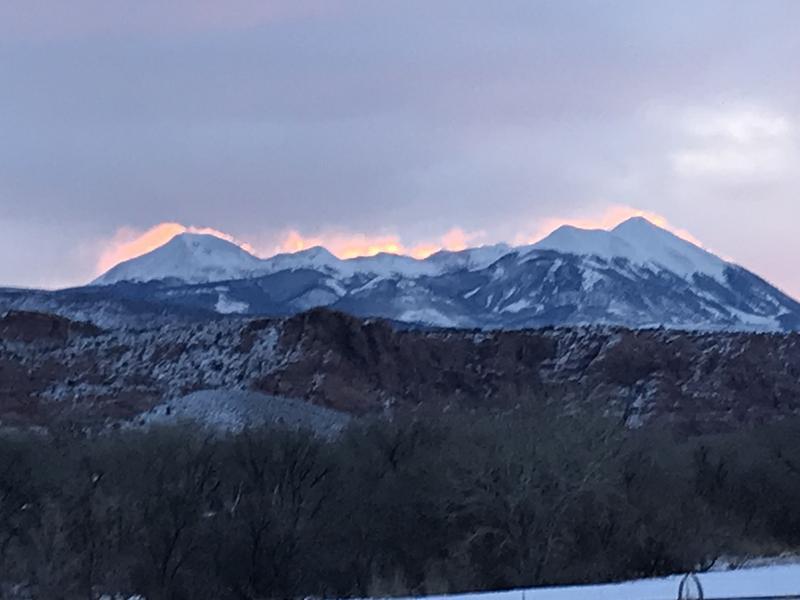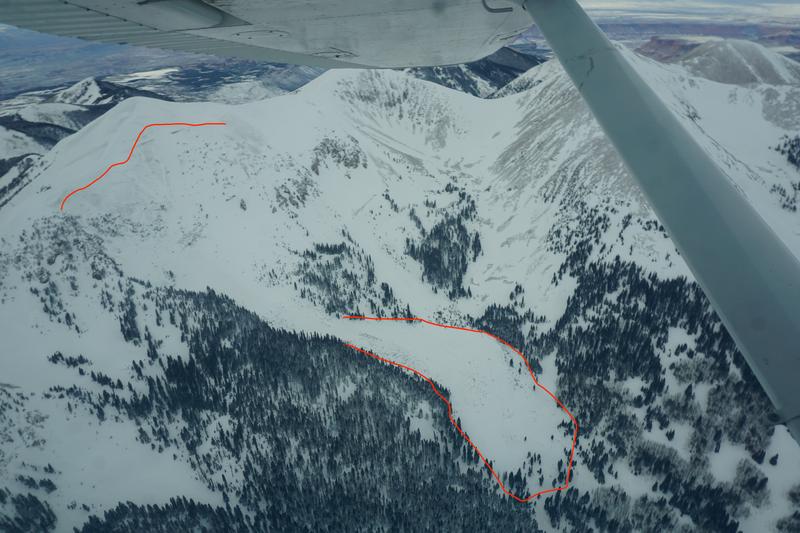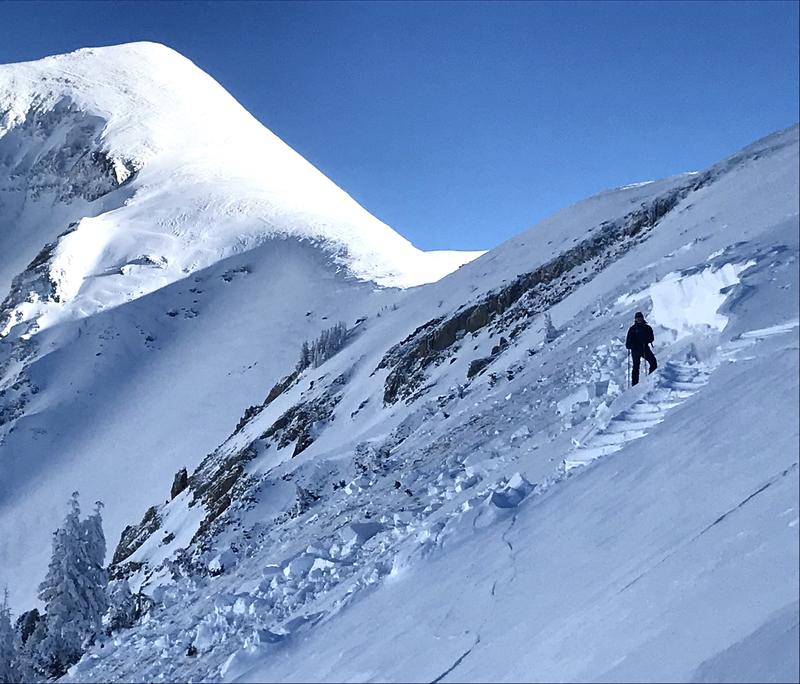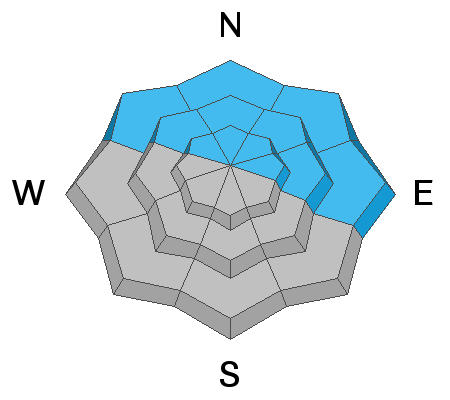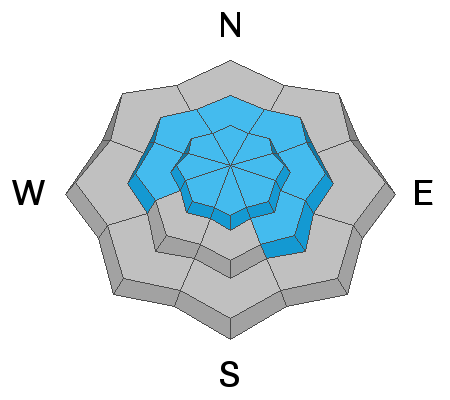Forecast for the Moab Area Mountains

Issued by Eric Trenbeath on
Wednesday morning, January 5, 2022
Wednesday morning, January 5, 2022
Steady wind loading has kept the danger CONSIDERABLE on steep, upper elevation slopes that face NW through E, and deep and dangerous, human triggered avalanches 3'-5' deep are possible if not likely in these areas.
The avalanche danger is MODERATE on steep, mid and lower elevation north facing terrain, and on slopes facing W-S-SE where you can detect recent deposits of wind drifted snow.
Though the likelihood of triggering a deep and dangerous avalanche is trending downward, keep in mind that most avalanche accidents occur during the period when the danger begins to move between Considerable and Moderate or vice versa. Keep your guard up. A triggered, large avalanche would be unsurvivable.
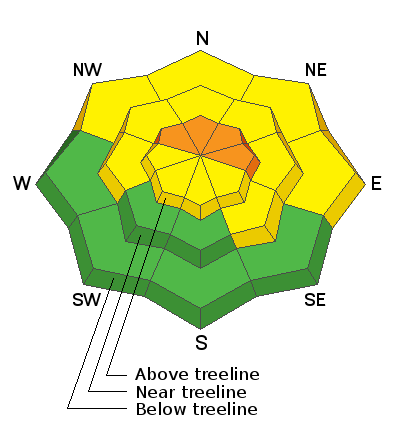
Low
Moderate
Considerable
High
Extreme
Learn how to read the forecast here


